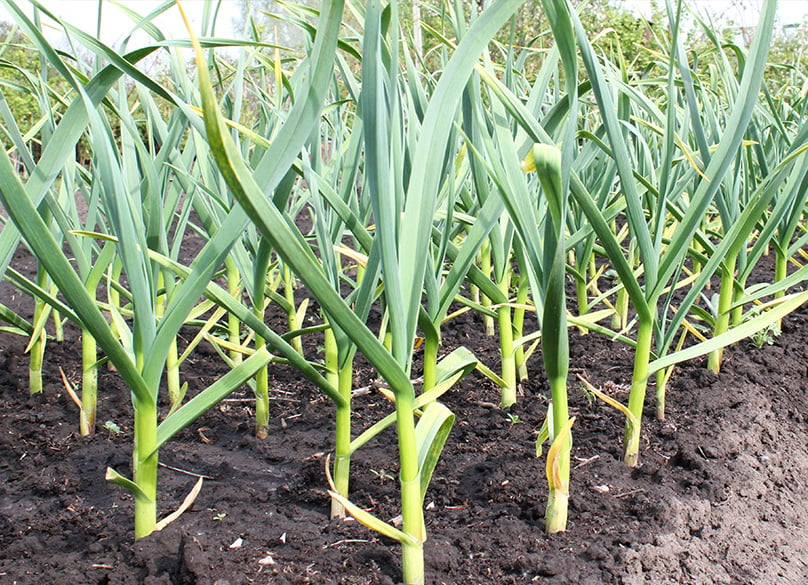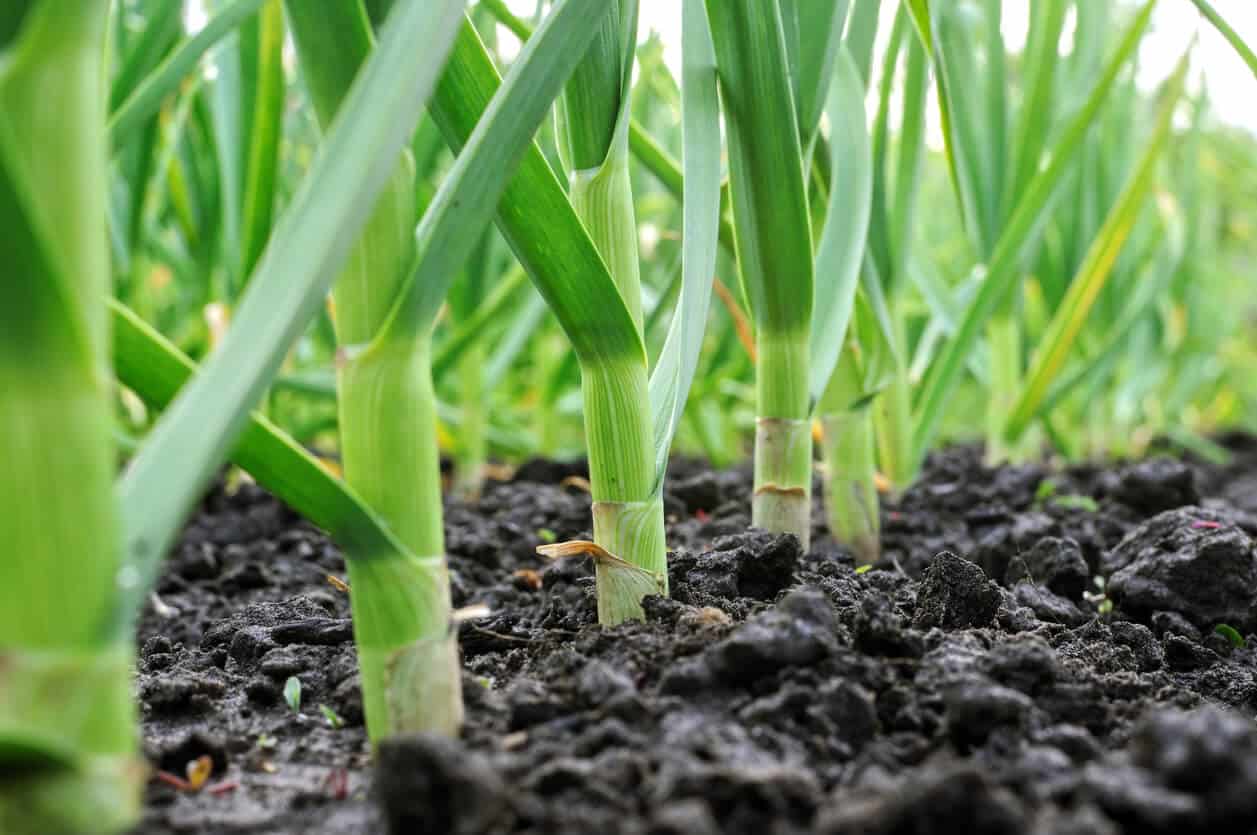Cultivating Flavorful Garlic at Home
Unlocking the Secrets of Garlic Bulb Planting
Growing garlic at home can be a rewarding experience, offering numerous benefits for gardeners of all skill levels. Not only is garlic easy to cultivate, but it also enhances the flavor of various dishes and can be a cost-effective alternative to store-bought options. To reap these benefits, it’s essential to start with high-quality garlic bulbs. When selecting garlic bulbs, look for those that are firm, plump, and free of mold or mildew. Avoid bulbs with signs of sprouting, as they may not grow well. By choosing the right garlic bulbs and following proper planting and care techniques, you can successfully learn how to grow garlic from a bulb and enjoy its many culinary and health benefits. Whether you’re a seasoned gardener or just starting out, learning how to grow garlic from a bulb can be a fun and rewarding experience.
Choosing the Right Garlic Variety for Your Climate
When it comes to growing garlic at home, selecting the right variety is crucial for a successful harvest. With over 300 varieties of garlic available, it can be overwhelming to choose the best one for your region’s climate and growing conditions. Softneck garlic, known for its mild flavor and long shelf life, is ideal for warm climates with mild winters. Hardneck garlic, on the other hand, is better suited for cooler climates with cold winters, producing a more robust flavor and larger cloves. Elephant garlic, a type of hardneck garlic, is perfect for growers who want to harvest large, mild bulbs. To ensure a thriving garlic crop, research the specific growing conditions and climate requirements for the variety you choose. By selecting the right garlic variety, you’ll be well on your way to learning how to grow garlic from a bulb and enjoying a bountiful harvest.
Preparing the Soil for Garlic Planting
Before learning how to grow garlic from a bulb, it’s essential to prepare the soil for optimal garlic growth. Garlic prefers well-draining, rich soil with a pH between 6.0 and 7.0. To create a garlic-friendly soil mix, combine 2 inches of compost or well-rotted manure with 1 inch of perlite or vermiculite. This mixture will improve soil structure, increase nutrient availability, and promote healthy root development. Additionally, garlic requires adequate nutrients, particularly nitrogen, phosphorus, and potassium. Apply a balanced fertilizer according to the manufacturer’s instructions to ensure a nutrient-rich soil environment. By preparing the soil properly, you’ll set your garlic crop up for success and increase the chances of a bountiful harvest.
How to Plant Garlic Bulbs for Maximum Yield
When learning how to grow garlic from a bulb, proper planting is crucial for a successful harvest. To begin, break apart the garlic bulbs into individual cloves, making sure each clove has at least one papery wrapper intact. Plant the cloves 4-6 inches apart, and 2-3 inches deep, with the pointed end facing upwards. Orient the cloves so that the flat base faces downwards, allowing the roots to grow freely. Planting in the fall, about 6-8 weeks before the first frost, is ideal for most regions. In warmer climates, plant in late winter to early spring. During the planting process, gently firm the soil around the cloves to prevent air pockets from forming. Water the soil well to settle the soil and provide enough moisture to support germination. By following these steps, you’ll be well on your way to growing a healthy and productive garlic crop.
Caring for Your Garlic Plants: Watering, Fertilizing, and Pest Control
After learning how to grow garlic from a bulb, it’s essential to provide proper care to ensure a healthy and productive crop. Garlic plants require consistent moisture, especially during the first few months after planting. Water the soil gently but thoroughly, taking care not to wash away the tiny cloves. As the plants grow, reduce watering to about 1 inch per week, depending on weather conditions. Fertilize the garlic plants with a balanced, water-soluble fertilizer once a month. This will promote healthy growth and development. Keep an eye out for common pests like aphids, mites, and nematodes, and diseases like powdery mildew and botrytis. Use organic control methods like neem oil, garlic oil, and crop rotation to prevent infestations and infections. Regularly inspect the plants for signs of stress or damage, and take prompt action to address any issues. By providing proper care, you’ll be rewarded with a bountiful harvest of flavorful garlic.
Harvesting and Curing Garlic for Long-Term Storage
After learning how to grow garlic from a bulb, it’s essential to harvest and cure the garlic properly to enjoy its flavor and aroma throughout the year. Garlic is ready to harvest when the tops of the plants begin to yellow and fall over. Carefully dig up the bulbs, making sure not to damage them, and gently brush off any excess soil. Cure the garlic in a warm, dry, well-ventilated area with good air circulation. Spread the bulbs out in a single layer, not touching each other, and cover them with a breathable cloth or paper bags. Allow the garlic to cure for 2-4 weeks, or until the skin is dry and papery. Once cured, store the garlic in a cool, dry place, such as a pantry or cupboard. Keep the garlic away from direct sunlight and moisture to maintain its flavor and aroma. By following these steps, you’ll be able to enjoy your homegrown garlic for months to come.
Troubleshooting Common Garlic Growing Problems
When learning how to grow garlic from a bulb, it’s essential to be aware of common issues that may arise during the growing process. One of the most common problems is rot, which can be caused by overwatering or poor drainage. To prevent rot, ensure the soil is well-draining and avoid watering the garlic plants excessively. Another issue is mold, which can be caused by high humidity and poor air circulation. Improve air circulation around the plants by providing sufficient spacing and removing any nearby weeds. Pests like aphids, mites, and nematodes can also be a problem. Use organic control methods like neem oil, garlic oil, and crop rotation to prevent infestations. Additionally, keep an eye out for signs of disease like yellowing leaves, black spots, or powdery mildew. Remove infected plants to prevent the spread of disease and treat the remaining plants with organic fungicides. By being aware of these common issues and taking preventative measures, you can ensure a successful harvest of flavorful garlic.
Enjoying Your Homegrown Garlic: Recipes and Tips
After successfully learning how to grow garlic from a bulb, it’s time to enjoy the fruits of your labor. Fresh garlic is a versatile ingredient that can elevate a variety of dishes. Try roasting garlic to bring out its natural sweetness and use it as a spread on bread or as a topping for vegetables. Add garlic to soups, stews, and sauces for an instant flavor boost. For a delicious and easy side dish, sauté garlic with olive oil and herbs to create a flavorful garlic confit. To preserve your garlic harvest, try freezing, dehydrating, or making garlic powder. Freeze garlic cloves in ice cube trays with olive oil for a convenient addition to future meals. Dehydrate garlic to make crispy garlic chips or grind it into a powder for a flavorful seasoning. With your homegrown garlic, the possibilities are endless. Experiment with new recipes and enjoy the satisfaction of cooking with garlic you grew yourself.



:max_bytes(150000):strip_icc()/prepare-the-soil-for-growing-garlic-3016616-hero-9b6855d86958469bac569b44a8921535.jpg)




